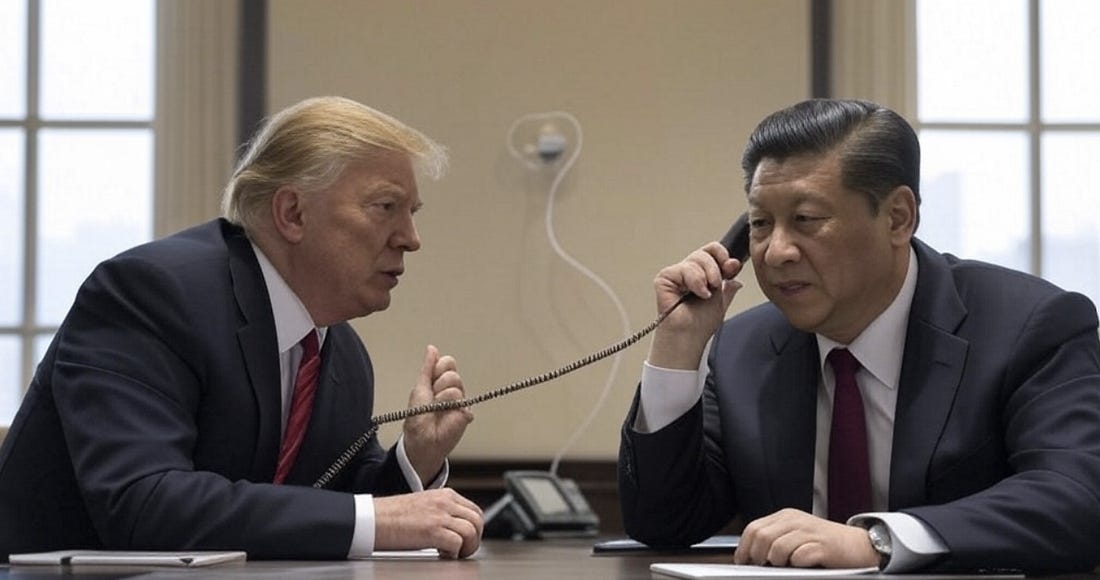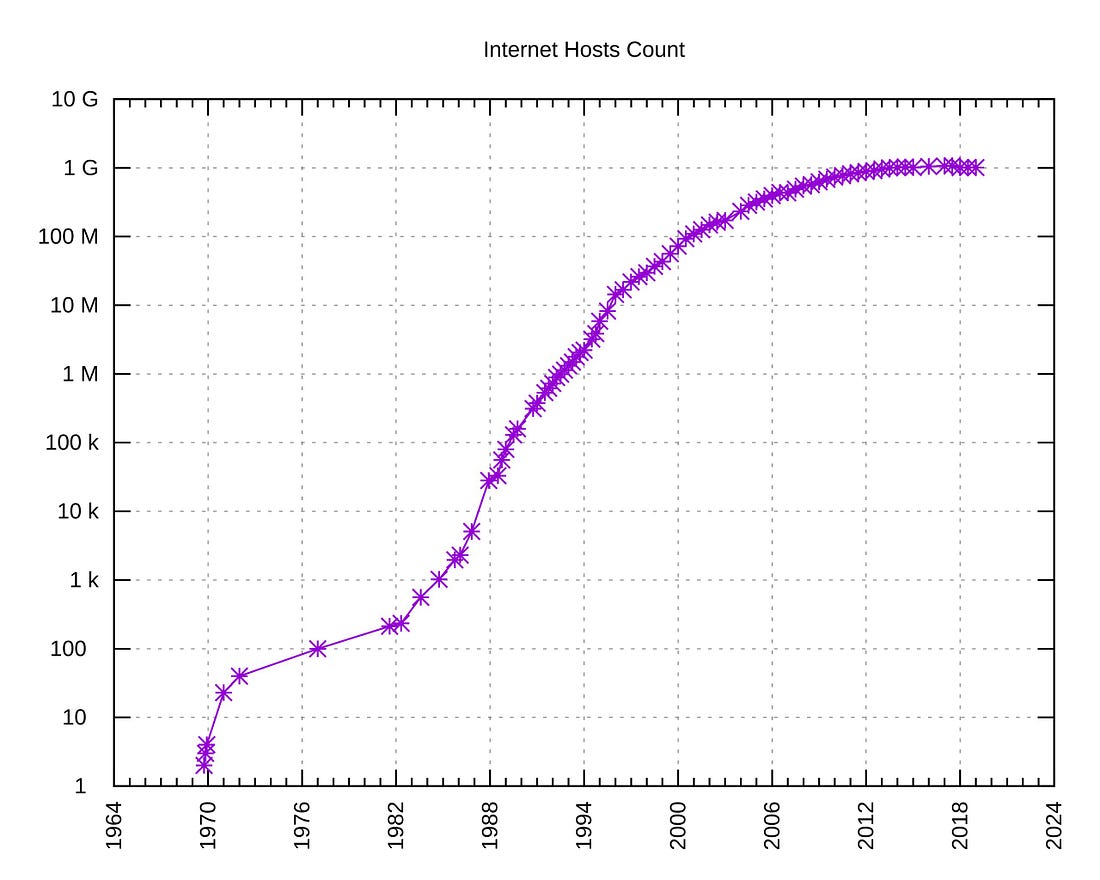Trump is causing chaos and stock markets are plummeting taking risk assets including crypto with them.
The 100%+ tariffs on Chinese goods are scheduled for midnight (EDT) on Wednesday.
The rhetoric from Washington is that they are waiting for China to call and make a deal.
The rhetoric from Beijing is that they will not back down.
Let’s explore how this could play out and resolve over the coming days and weeks.
Hours before the deadline with time running out, a deal emerges with China removing rare earth minerals export ban, promising modest U.S. agricultural purchases and a vague discussions on intellectual property protections. The U.S. accepts to avoid immediate chaos, postponing the tariffs for 30-60 days while negotiations continue. Both sides claim victory.
Weeks 1-2 (April 12-23): Markets stabilize and somewhat bounce back, businesses in limbo awaiting clarity, warehouses fill up.
Resolution(May-June): Negotiations take place behind the scenes with few concessions on each side. U.S. threatens to reimpose tariffs if China doesn’t offer more, while Beijing resists demands. Trade continues, though both sides prepare for a longer-term decoupling.
Days 1-3 (April 9-11): China stands firm. The tariffs take effect, immediately disrupting supply chains. Prices for consumer goods like electronics, clothing, and appliances spike as importers face doubled costs. Companies impose immediate “tariff surcharges” to pass on costs. U.S. ports see delays as customs processes the new tariff regime, and businesses scramble to assess inventories. China could retaliate further with additional measures, such as further export controls on rare earth minerals or bans on more U.S. firms, intensifying the trade war. Trump forced into a corner where he can’t back down because of public perception, global markets continue to fall.
Weeks 1-2 (April 12-23): U.S. businesses lobby the Trump administration for relief, citing unsustainable cost increases and potential layoffs. Public backlash as prices rise to reflect the direct and indirect increases to costs of products and components. China faces a hit to its export driven economy (U.S. imports from China are $450 billion annually). Xi is conflicted by economic pressures and party hardliners pushing nationalism over compromise. Both sides signal a willingness to negotiate and informal back-channel negotiations begin leading to emergency US-China talks.
Resolution (Late April): A temporary deal or truce emerges, with the U.S. reducing or pausing tariffs in exchange for China easing export restrictions and agreeing to buy more U.S. goods. This avoids a full economic meltdown but leaves tensions unresolved, setting the stage for future flare-ups.
All eyes are on the Xi as the ball is in his court. There is an economic benefit for China to deescalate the situation but showing a willing to compromise too soon could harm future negotiation positioning.
Public perception in China will be that the US is bullying which wont make it easy for Xi to offer concessions without losing face. Trump also wont want to be seen as weak by withdrawing the threat of sanctions without some form of a pledge from Beijing which can be spun into a win for the administration.
The tariffs are likely to harm America as much as they will harm China and 100%+ isn’t sustainable for either side. This needs to get resolved but how it plays out and how soon that happens is dependent on both sides willingness to compromise.
Markets will react strongly to any news of a deal, a pause or even a rumour of discussion.
Let’s hope cool heads prevail.
Social links are below and if you enjoyed this newsletter I would appreciate it if you could share this content






0 Komentar untuk "Trump Tariff Scenarios"